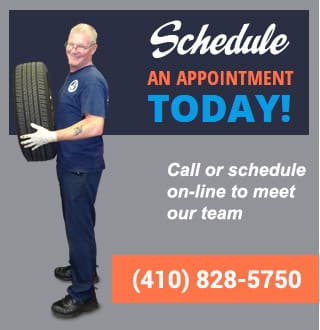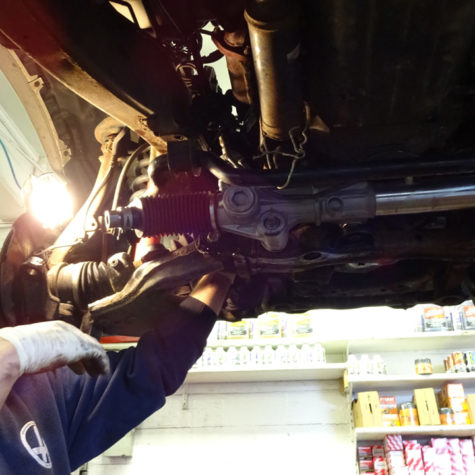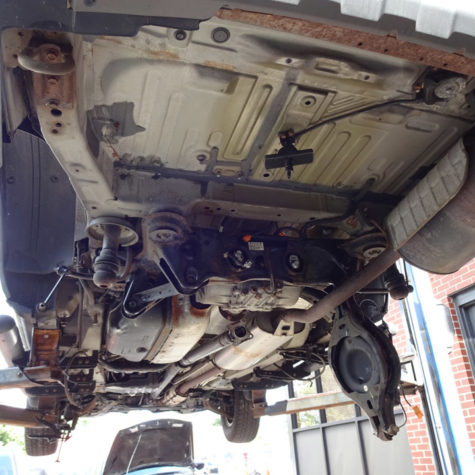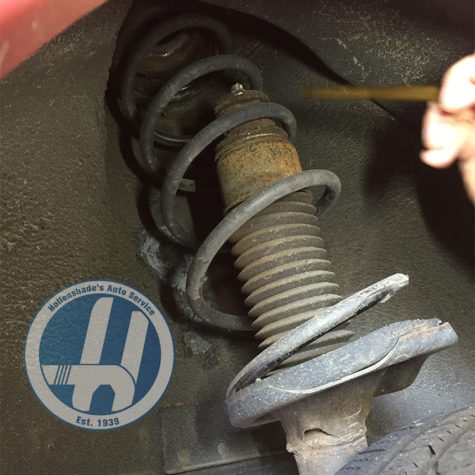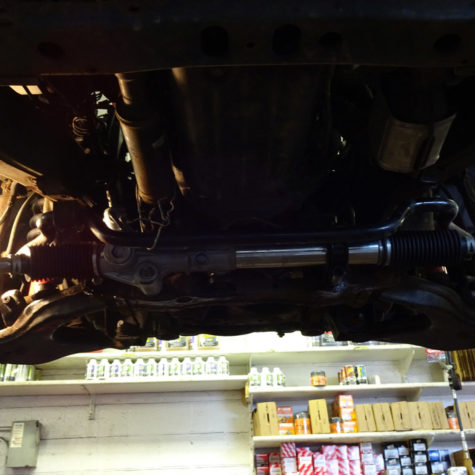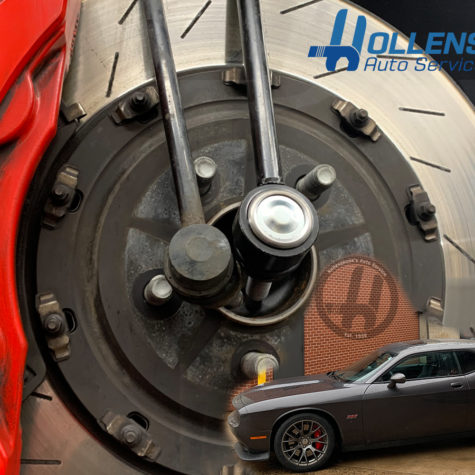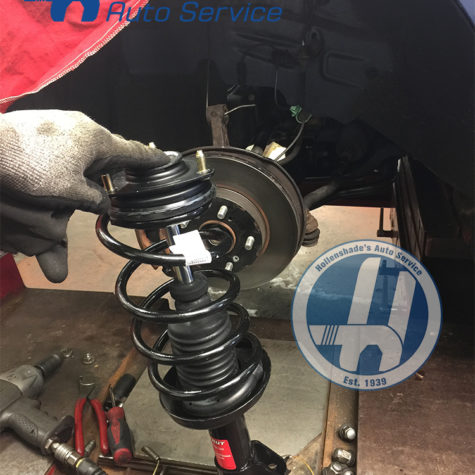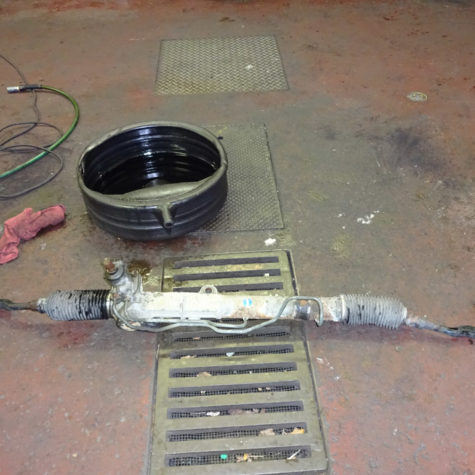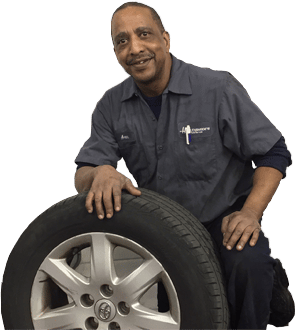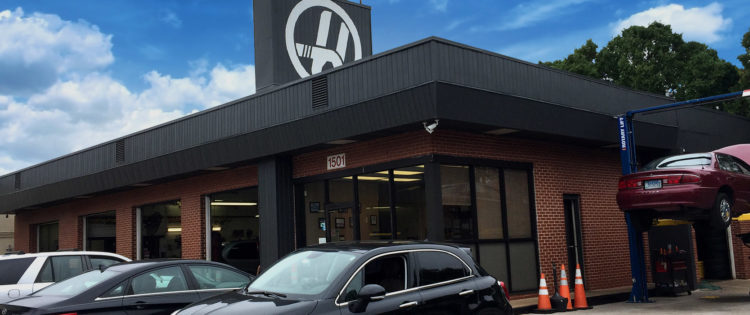
Suspension & Steering
Tie rods attach the steering Rack & Pinion to the knuckle of the steering arm. Movement of the steering knuckles changes the direction of the Wheel & Tire. The inner tie rods are threaded to the rack. The outer tie rods have a tapered fitting for attachment to the steering knuckle. The tie rods are the last link controlling the tracking and steering of the front wheels. Flexible rubber boots cover openings in the assembly, preventing moisture and debris from damaging internal ball and socket.
The steering and suspension of a vehicle has multiple moving parts, including ball joints and control arms. These components move in order to accommodate changing driving conditions. Over time, these components can wear or become damaged. Once worn, more stress is transferred into other chassis components. These suspension and steering components require routine inspection and lubrication in order to prevent wear and to prolong their service life.
RACK & PINION
The rack is a long shaft that is threaded on both ends to the inner tie rods. It has a cut gear surface on one side, which engages into the pinion. The other side incorporates a piston that travels from side to side within the cylinder. Hydraulic fluid from the valve assembly is directed to either side of the cylinder to provide rack travel assist on demand.
The swaybar links connect opposing sides of a vehicle’s suspension and are largely responsible for the stable ride we now associate with modern vehicles. By preventing rocking and swaying of the chassis, these devices help maintain a stable ride condition over a variety of road conditions and driving habits. Once worn, drivers may experience a knocking or rattling noise inside the cabin when traveling over uneven pavement or bumps.
Electronic power steering (EPS) is becoming more commonplace on modern vehicles. Very similar to traditional hydraulic power steering systems, EPS uses high torque/power electronic motors to drive the rack & pinion steering assembly.
INTERMEDIATE SHAFT
Located at the lower portion of the steering column, the intermediate shaft connects the steering column to the rack & pinion. Some applications use a single piece intermediate shaft, while others use multiple pieces/segments.
The steering angle sensor (SAS) is used to determine turning direction and speed of the steering wheel. It is a critical component for the ABS and stability control systems on modern vehicles. The SAS is located inside the steering column or electronic power steering (EPS) unit assembly.
CONTROL ARM
The control arms are an integral components of a vehicle’s steering and suspension.

